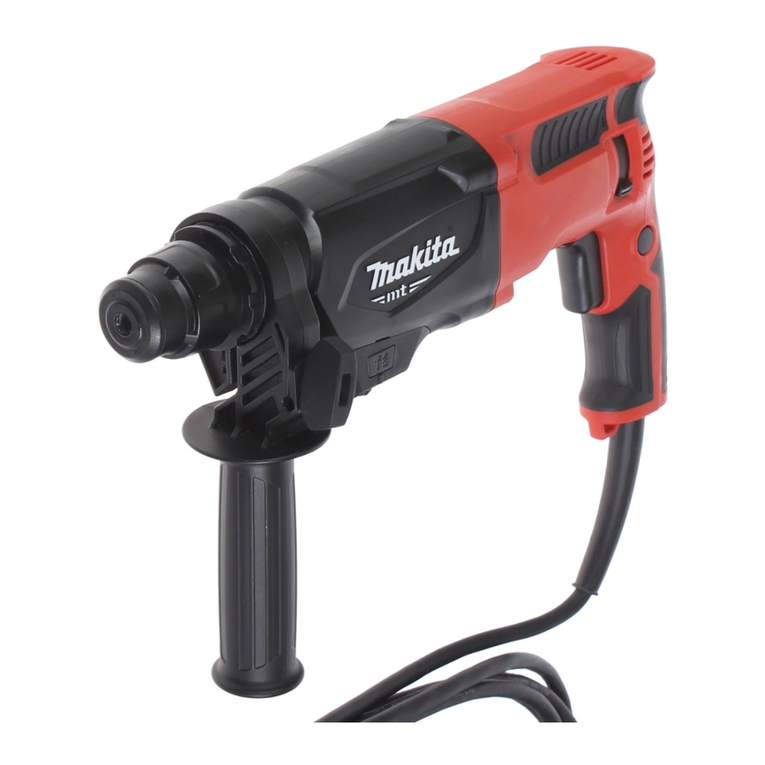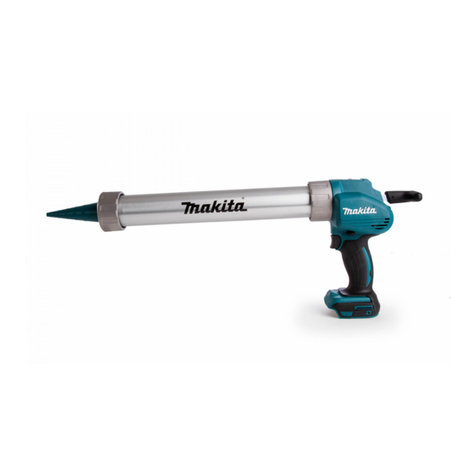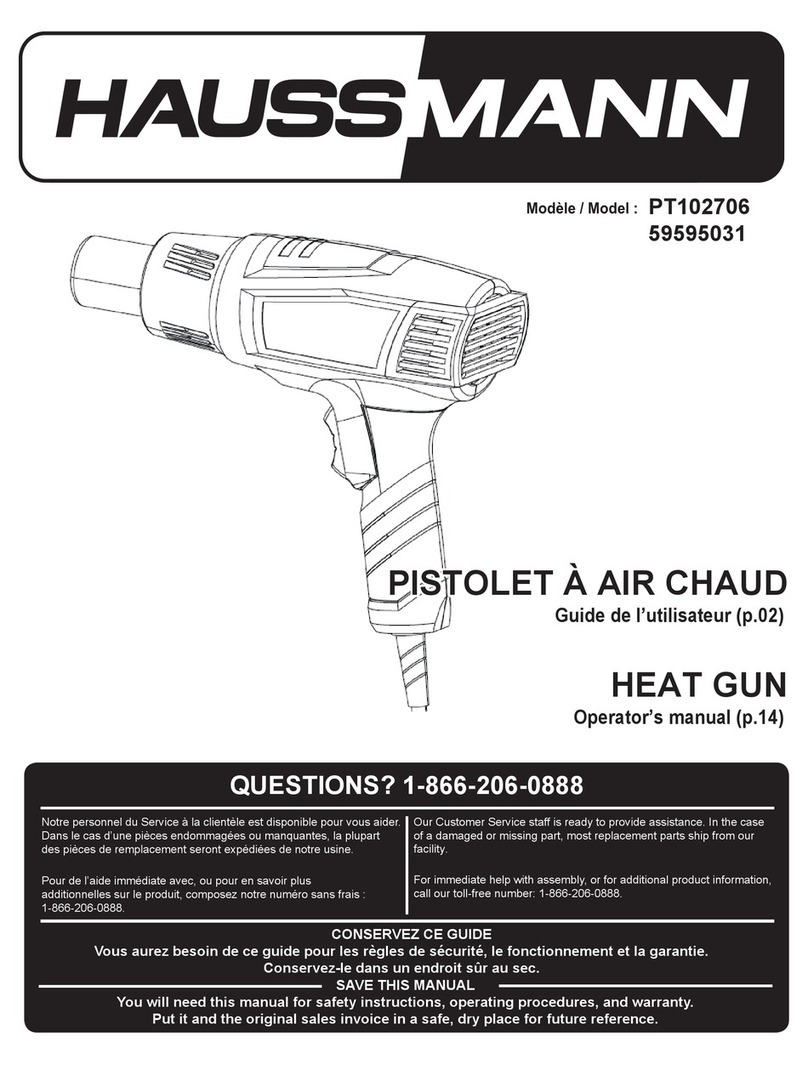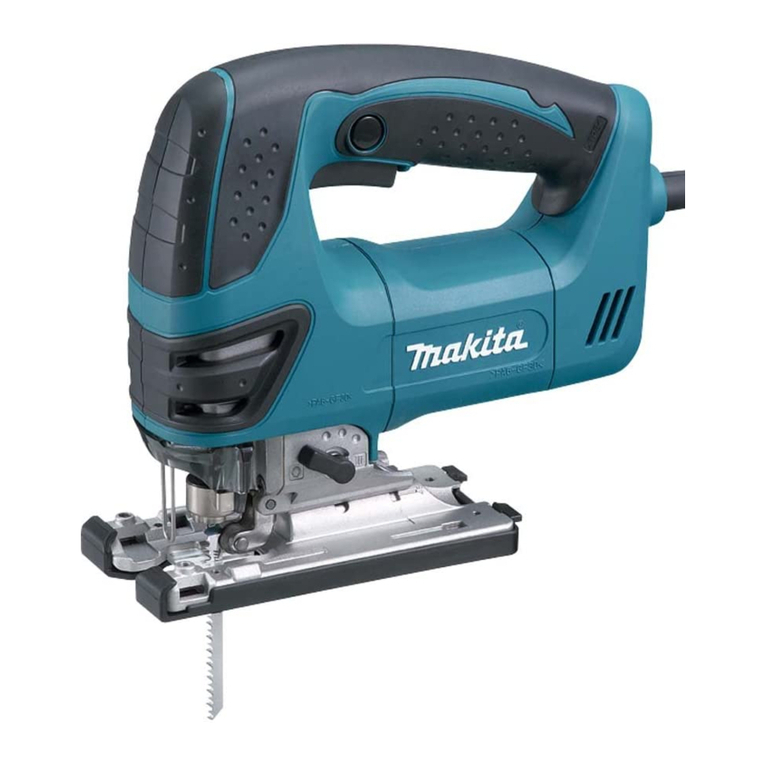Furukawa F Series User manual

F(S)-F105E
(
F1, F2, F3, F4, F5
)
INSTRUCTION MANUAL


Introduction
Thank you very much for purchasing our product. This product is a high-performance hydraulic
breaker developed with our experience of many years and up-to-date engineering techniques. And has
passed stringent tests before shipment. This manual explains the correct handling method, inspection,
and repair for the daily work in order to use this breaker safely and efficiently. For the base machine
(hydraulic excavator, etc.) on which this breaker is mounted, refer to the instruction manual of the base
machine. Be sure to read this manual and fully understand the operation, inspection, and repair before
using this breaker. Negligence of the contents of this manual will lead to a serious accident.
"Carelessness and negligence" cause an accident.
"Safety first"
You have the key to safety!
WARNING
•
••
•Use this breaker according to the regulations of the country where it is used.
•
••
•This breaker should not be used for any work other than the specified works.
•
••
•If this breaker is used carelessly, an accident can occur, leading to serious injury or
death.
•
••
•The operator and maintenance man should read and fully understand this manual
before operating or repairing the breaker.
•
••
•Keep this manual near the machine so that people who operate/control the machine can
read it before operation.
•
••
•If this manual is lost or damaged, order a new one from Furukawa Rock Drill or its
distributor.
•
••
•It is obligatory to "conduct legal inspection" stipulated in the Industrial Health and
Safety Law for this breaker.
•
••
•If this breaker is transferred, be sure to attach this manual to the breaker.
•
••
•The manufacturer can change the contents of this manual without any obligations
because it should be constantly up-to-date. Please contact Furukawa Rock Drill or its
distributor for any information not contained in this manual.
•
••
•For safety, common items are described in "SAFETY PRECAUTIONS," and others are
mentioned on the succeeding pages.


CONTENTS
Warning for prevention of danger ................................................................................ 0–1
Outline of machine ....................................................................................................... 0–2
Location of model name and serial No. ....................................................................... 0–3
Location of warning label ............................................................................................. 0–4
n
nn
nSafety
SAFETY PRECAUTIONS ............................................................................................ 1–1
Safety control............................................................................................................ 1–1
Precautions before and after starting the engine...................................................... 1–6
Precautions for safe operation.................................................................................. 1–8
Precautions for parking and stopping the machine................................................... 1–17
Precautions for maintenance .................................................................................... 1–18
n
nn
nOperation
NAME OF COMPONENTS AND SPECIFICATIONS ................................................... 2–1
Name of components and specifications .................................................................. 2–1
FUNCTION OF EACH PART ....................................................................................... 2–2
OUTSIDE DIMENSIONS .............................................................................................. 2–3
Outside dimensions of hydraulic breaker.................................................................. 2–3
Outside dimensions of bracket ................................................................................. 2–3
Types of rod and major applications ......................................................................... 2–6
Oil hose plug and cap ............................................................................................... 2–7
MOUNTING ON BASE MACHINE ................................................................................ 2–8
OPERATION PROCEDURES (BREAKING) ................................................................ 2–11
Precautions for safe operation.................................................................................. 2–11
Breaking operation.................................................................................................... 2–12
Optimal thrust ........................................................................................................... 2–13
Direction of thrust...................................................................................................... 2–14
Precautions for operation.......................................................................................... 2–15
Storage after operation ............................................................................................. 2–19

LONG-TERM STORAGE .............................................................................................. 2–20
TROUBLESHOOTING.................................................................................................. 2–21
HYDRAULIC OIL........................................................................................................... 2–23
Selection of hydraulic oil ........................................................................................... 2–23
Classification of hydraulic oil and grease.................................................................. 2–23
Oil temperature control ............................................................................................. 2–24
Oil contamination ...................................................................................................... 2–24
n
nn
nInspection/Maintenance
MAINTENANCE, INSPECTION AND REPAIR.............................................................. 3–1
Periodical inspection and repair................................................................................ 3–1
Daily inspection / inspection and maintenance before operation.............................. 3–3
Tightening torque ...................................................................................................... 3–5
WEAR LIMIT DIMENSIONS FOR CONSUMABLE PARTS ......................................... 3–8
REPLACEMENT OF ROD & FRONT BUSH.........................................................................3–10
Removing from T-box and side bracket .................................................................... 3–11
ADJUSTMENT OF ADJUSTER .................................................................................... 3–13
CHARGING THE ACCUMULATOR WITH N2 GAS AND INSPECTION OF CHARGE PRESSURE
....... 3–14
N2 gas charging tool assembly................................................................................. 3–14
Inspection of charge pressure .................................................................................. 3–15
Charging accumulator with N2 gas ........................................................................... 3–16
N2 gas charging pressure for accumulator ............................................................... 3–16

0 – 1
Warning for prevention of danger
DANGER
Indicates an imminently hazardous situation which, if not avoided, will result in serious
injury or death. This signal word is to be limited to the extreme situations. (Risk of
serious injury or death)
WARNING
Indicates a potentially hazardous situation which, if not avoided, could result in serious
injury or death. (Possibility of serious injury or death)
CAUTION
Indicates a potentially hazardous situation which, if not avoided, may result in minor or
moderate injury. It may also be used to alert against unsafe practices. (Minor or
moderate injury)
NOTICE
Signs used to indicate a statement of company policy directly or indirectly related to the
safety of personnel or protection of property.
Most accidents are caused by disregarding the basic rules of operation, inspection, or repair, or by
neglecting the inspection before operation. Many accidents can often be avoided by recognizing
potentially hazardous situations before they occur. Before operating, inspecting, or repairing this
breaker, be sure to read and fully understand the preventive methods and WARNINGS described on
the breaker or in this manual. Thoroughly understand the contents of this manual before operation,
inspection, or repair of the breaker.
Safety labels and messages are classified as follows so that users can understand the warnings on the
breaker or in this manual.
The safety messages include the preventive measures to avoid danger.
For safety, common items are described in "SAFETY PRECAUTIONS," and others are mentioned in
the succeeding pages.
FURUKAWA Rock Drill cannot anticipate every possible circumstances that might involve a potential
hazard on operation, inspection, or repair. Therefore, the WARNINGS in this manual are not all
inclusive. If an operation, inspection, or repair not described in this manual is conducted, you must
assume responsibility for safety.

0 – 2
Outline of machine
n
nn
nSpecified works
WARNING
Do not use this breaker for any work other than the specified works.
This breaker can be used for breaking, dismantling, and scaling in mines, stone-breaking, or building
engineering work (railroad, dam, dismantling and construction). The applicable works are as follows:
•Breaking with hammering
•Dismantling with hammering
•Scaling with hammering
n
nn
nRunning-in operation
This breaker has passed strict tests and inspections before delivery. However, if using the breaker
forcibly at the beginning, the functions will be effected and its service life will be shortened. Carry out
running-in operation by paying attention to the following items for the initial 100 hours (the time
displayed by a service meter of the base machine).
•Warm up the base machine by idling for 5 minutes after starting the engine.
•Move the boom and arm for approx. 5 minutes after warm-up operation to raise the hydraulic oil
temperature.
•Break and dismantle without overstraining the machine while the throttle lever is at the
intermediate section.

0 – 3
Location of model name and serial No.
•The model name and serial No. are stamped on the cylinder top of the breaker main body.
Advise the distributor of the model and machine No. when placing an order for parts or asking for
repair.
•Entry of date of delivery, dealer, and serviceman
Date of delivery: (year) (month) (day)
Model name Serial No.
Dealer
Address Phone
Serviceman
* Part Nos. shown in this manual are subject to change without notice.
Model-Ser. No.

0 – 4
Location of warning label
The warning labels show the instructions to prevent accidents caused by careless or wrong handling
during inspection and repair. Follow the instructions shown by the labels as well as those shown in this
manual.
NOTICE
If a warning label comes off or is damaged, stick it on again or replace it with a new one.
(1) 090200-04208
(2) 090200-04344
(2)
(1)

Safety
WARNING
Thoroughly understand the importance of "safety."
Incorrect handling is very dangerous, leading to serious
injury or death.


Safety precautions
1 – 1
SAFETY PRECAUTIONS
WARNING
Strictly observe precautions for "safety," and take protective measures.
Safety control
n
nn
nStudy instructions
Severe injury or death can result from failure to follow instructions.
•Study this safety manual and the instructions for both your particular hydraulic breaker and
hydraulic excavator, and fully understand their controls, inspections and maintenance.
•Don't operate the machine until you fully understand all these items.
•Keep this manual and the instructions with your hydraulic excavator.
n
nn
nFollow instructions and warnings
•Severe injury or death can result from failure to follow instructions and warnings. Don't ignore
what you don't understand.
•Make sure to read all safety instructions and warnings and fully understand them before
operation.
•Because instructions, stickers and warning signs are very important for safety, keep them in good
condition and replace them, if damaged.

Safety precautions
1 – 2
n
nn
nSelecting the hydraulic excavator
Install a hydraulic breaker to a proper-sized hydraulic excavator to fit with each other. If a hydraulic
excavator is small for the hydraulic breaker, the excavator may lose balance and tip over.
•Make sure to install the hydraulic breaker to a manufacture's recommended hydraulic excavator.
To install your particular hydraulic breaker to a proper hydraulic excavator, see the instructions for
your hydraulic breaker.
•When operating the hydraulic breaker in a work site that is potentially dangerous because of falling
rocks, use a hydraulic excavator fitted with a head guard or a FOPS.
FOPS…Falling-Object Protective Structure provided by SAE regulation
n
nn
nObserve the rules on the working spot!
•Make a working plan, prepare a daily or monthly report and record the working situation.
•When operating the breaker with a supervisor at the work site, follow the supervisor's instruction
to work safely.
A supervisor must work at inside work site or other dangerous work sites.
•When the operator alternates with another, he must inform the alternate of the machine condition
by a memo or word of mouth.
•When placing a signal man, determine signals.
The operator must obey the signals of the signal man.

Safety precautions
1 – 3
n
nn
nSafety clothing/Protective instruments!
•Don't wear loose clothes, which can become entangled in the machinery and cause accidents.
Take care of your safety clothing, especially cuffs and shoestrings.
•Don't wear coveralls soaked with oil to prevent fire hazard.
•Wear safety helmet and safety boots when operating or working on machine.
Also wear safety glasses, breathing mask, ear protection, or safety rope if needed.
•Make sure your protective gear is always in good repair.
n
nn
nFire and other accidents
Be sure a first aid kit and fire extinguisher are near at hand in case of emergencies.
•Learn how to use a fire extinguisher.
•Be familiar with where fire extinguishers are located.
•Know where a first aid kit is located.
•Know where to get assistance.
n
nn
nModification is inhibited!
Be sure a first aid kit and fire extinguisher are near at hand in case of emergencies.
•Don't modify the machine arbitrarily, otherwise the machine may become unsafe, break down, or
have a shortened service life.
•We cannot assume responsibility for the accident or trouble caused by the modification (including
disassembly and repair) not permitted, and for the secondary damage.
n
nn
nUse the safety devices correctly!
Don't remove or modify the safety devices. If using a safety device erroneously, a serious accident
will occur.
•Read the instruction manual of the hydraulic excavator for the safety device such as the safety
lock lever. Understand the operation and many cautions and then use the device.

Safety precautions
1 – 4
n
nn
nNo fatigue or alcohol
Fatigue, lack of sleep, drugs or alcohol can lead to carelessness and cause accidents.
Don't operate a machine of you are in such a condition.
Get a periodical medical examination to maintain a healthy life style.
n
nn
nSafety guards
When operating two or more machines at a time, arrange signs and put a safety guard in place.
n
nn
nTrespassing prohibited
To prevent accidents, post no trespassing signs at dangerous working sites.
•Be sure all personnel and obstacles are clear of work area before operation.
•It is dangerous that unauthorized personnel trespass into the work site.
•If the work site is located in a town area, post no trespassing signs and palisade the work site.
•If the work site is located on a busy traffic street, put a signal person to prevent accidents.
Machine #1
OK!
Machine #2
OK!

Safety precautions
1 – 5
n
nn
nSafe work site
Be sure all flammables (e.g. fuels and gas cylinder) and obstacles (e.g. tools, vehicles, wastes and
other materials) are clear of work site to secure safe work site.
Check and record the conditions at site, such as geographical features and soil, for potential
hazards.
Take precautions to minimize hazards. For example, make trespassing-prohibited area for a
dangerous place. Put safety guards securely in place. Reinforce the ground.
n
nn
nInspection before operation
Perform inspections before starting the engine or operating machine. If something is wrong, replace it.
As for the detail of inspections before operation, follow instructions for your particular machine.
•Oil leakage
•Missing, damage or looseness of components
•Crack, damage or looseness of the rod
•Gas pressure in the gas tank which is located at upper part of the hydraulic breaker.
n
nn
nBe careful for fire!
Fuel, oil and other flammable fluids are dangerous and can be explosive. Always handle them with
care.
•Don't put flammables close to the machine and don't smoke when filling the fuel tank.
•Stop the engine completely before filling the fuel tank.
•Add fuel and lubricants in the open air only.
•Don't overfill the fuel tank or other reservoirs.
•Always use a nonflammable solvent as a cleaner.
•Put out a fire immediately.
•Have fire-lighting tools near at hand.
•Don't smoke during inspections and maintenance.
•Use explosive-proof lights and lights fixtures when performing inspections of fuels, oils and battery
fluid.

Safety precautions
1 – 6
Precautions before and after starting the engine
n
nn
nSecuring firm ground!
If working sites or tramming paths are rough, instability and vibration of the machine can cause
accidents or property damage.
•Maintain graded working sited and roadways.
Operate the hydraulic excavator on even, firm ground only. Do not operate the excavator on piles
or other unstable ground.
•When operating the hydraulic excavator on a building, a floor may collapses and the excavator
may tip over.
Before operation, verify that the floor is strong enough to support the excavator. The floor also
should be strong enough to bear the breaking impact. Reinforce the floor if necessary.
n
nn
nCleaning around the operator seat!
•Don't put a tool or part around the operator seat, or the operation will be hindered.
•Wipe away mud or oil from the floor, pedal and lever. Otherwise, mis-operation will occur.
•Don't operate pedals and levers from outside of the operator station. The machine may move
unexpectedly and accidents can result from operating the machine from outside of the operator
station.
•To operate the hydraulic breaker safely, have a seat securely in the operator station.

Safety precautions
1 – 7
n
nn
nAdjustment around the operator seat!
•Set the control lever at LOCK before starting the engine so that the operating devices may not
move.
*For locking the machine control lever, refer to the instruction manual for the hydraulic excavator.
•Lower the vehicle front window and protective net of the hydraulic excavator to protect from flying
stone chips and concrete debris.
•Always keep the windowpanes and back mirrors clean by wiping their surfaces.
•Adjust the operator seat. When the operator's back is closely in contact with the seat's back, he
should operate the hydraulic breaker control pedal (or lever), machine control or traveling lever
easily.
n
nn
nPrecautions when starting the engine!
•Before starting the hydraulic excavator engine, give a sign by horn, etc. to the watch man, signal
man and workers to warn them.
*For starting the engine, refer to the instruction manual for the hydraulic excavator.
n
nn
nCarry out warm-up!
•After starting the engine, carry out the warm-up first.
•After warm-up, move the booms and arms slowly to warm up the hydraulic system for 5 minutes.
•Levers, pedals and switches for operation of hydraulic breakers are different depending on
manufactures.
Before operating a machine, fully understand its levers, pedals and switches function and
operation, and perform inspection for them at a secure place.
•Operation of the pedal and levers from any place other than the operator's seat may cause
malfunction, leading to an accident.
•Sit down correctly on the operator's seat when operating the machine.
•Operating the tramming lever incorrectly can cause serious injury or death.
Before start tramming, check both directions of the track and the operator's seat.
If a tramming motor has been fitted at front side of the operator station, operation of the tramming
lever should be contrary.

Safety precautions
1 – 8
n
nn
nDon't use machine before inspecting it
Machines that have not been inspected can cause unexpected accidents or machine breakdown.
If any troubles arise with machine, stop operating the machine immediately and repair them.
Precautions for safe operation
n
nn
nDon't suspend any objects
A load hanging from the hydraulic breaker may fall and cause serious injury, death or property
damage.
Never suspend or place any objects on the breaker.
n
nn
nTram safety
•Beep the horn before starting the machine to call the attention of a watchdog, guide, and workers.
•To prevent accidents, travel on flat ground as much as possible and make sure to hold the
hydraulic breaker at 40 to 50cm (15 to 20 inches) above ground when tramming.
•Keep the machine away from utility poles, buildings or other obstacles as much as possible.
•When traveling underwater, observe the allowable depth of the hydraulic excavator in the water,
and exercise special care so that the hydraulic breaker will not be completely underwater.
•Starting or stopping the machine abruptly on unstable ground and slopes can cause to tip over.
Always operate the machine slowly on unstable ground and slopes.
•Be careful when tramming on frozen ground or snow.
This manual suits for next models
5
Table of contents
Popular Power Tools manuals by other brands
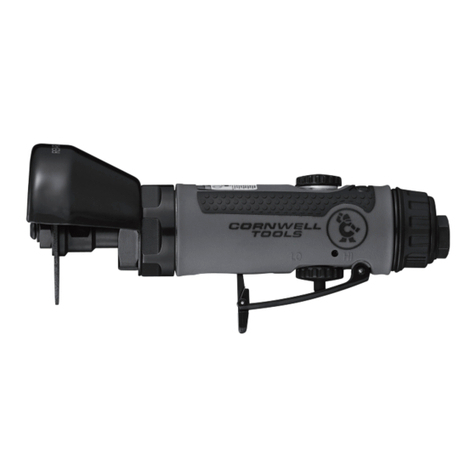
Cornwell Tools
Cornwell Tools bluePOWER CAT855 operating manual
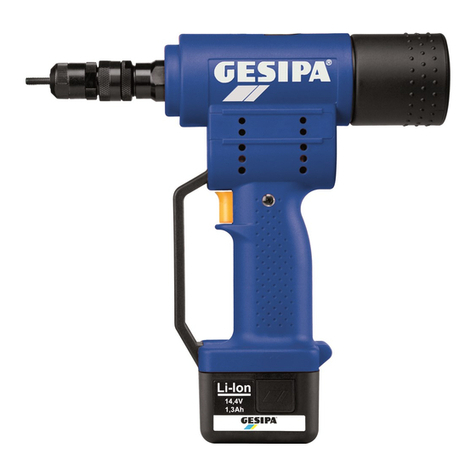
Gesipa
Gesipa FireBird Operating manual with spare parts list

Ingersoll-Rand
Ingersoll-Rand 380P Operation and maintenance manual
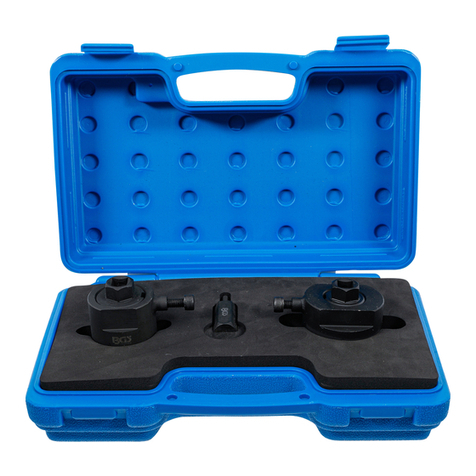
BGS technic
BGS technic 8759 instruction manual

Aeropro
Aeropro RP17411 instruction manual

Grizzly
Grizzly T1244 owner's manual
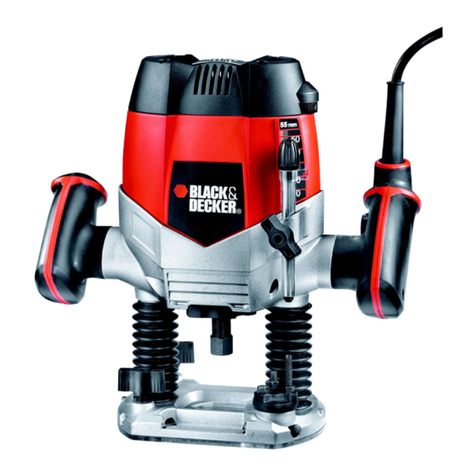
Black & Decker
Black & Decker KW900E Original instructions
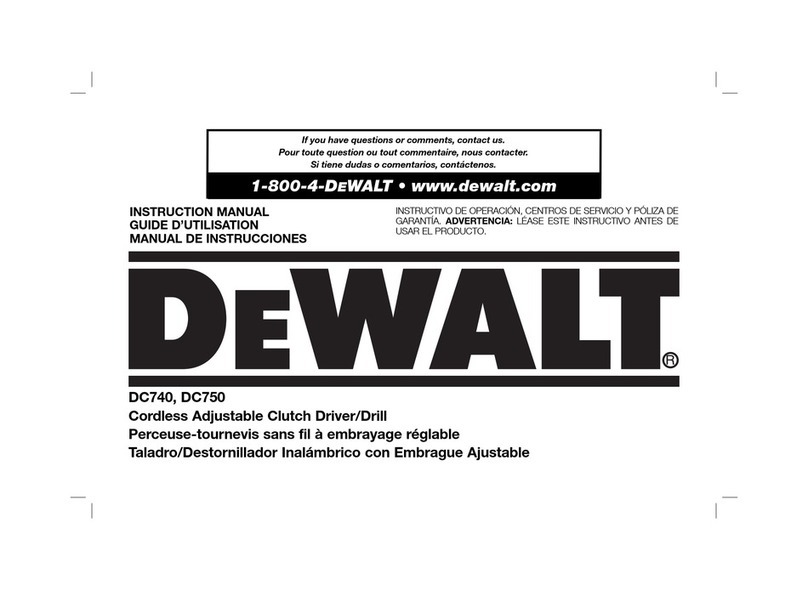
DeWalt
DeWalt DC740 instruction manual
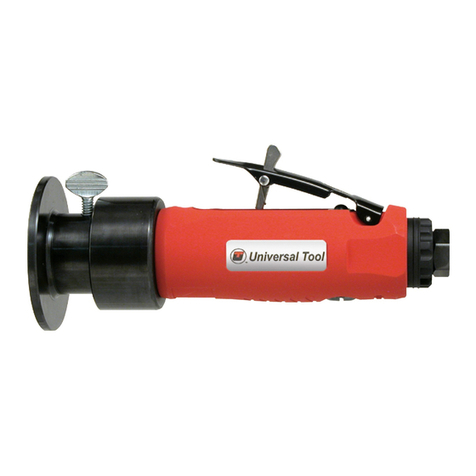
Universal Tool
Universal Tool UT8726 operating instructions
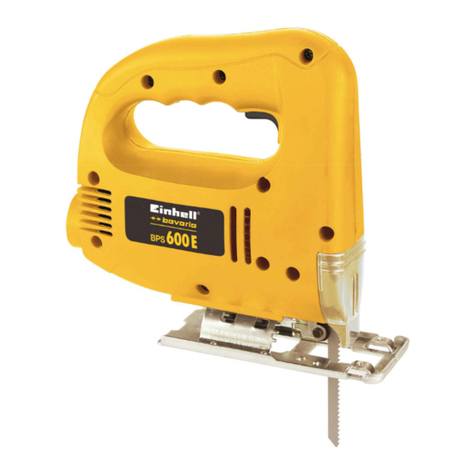
EINHELL
EINHELL BPS 600 E operating instructions

Wacker Neuson
Wacker Neuson DPU 4045 Operator's manual

Desoutter
Desoutter E-Pulse BLRTA025-2350-10S Product instructions

